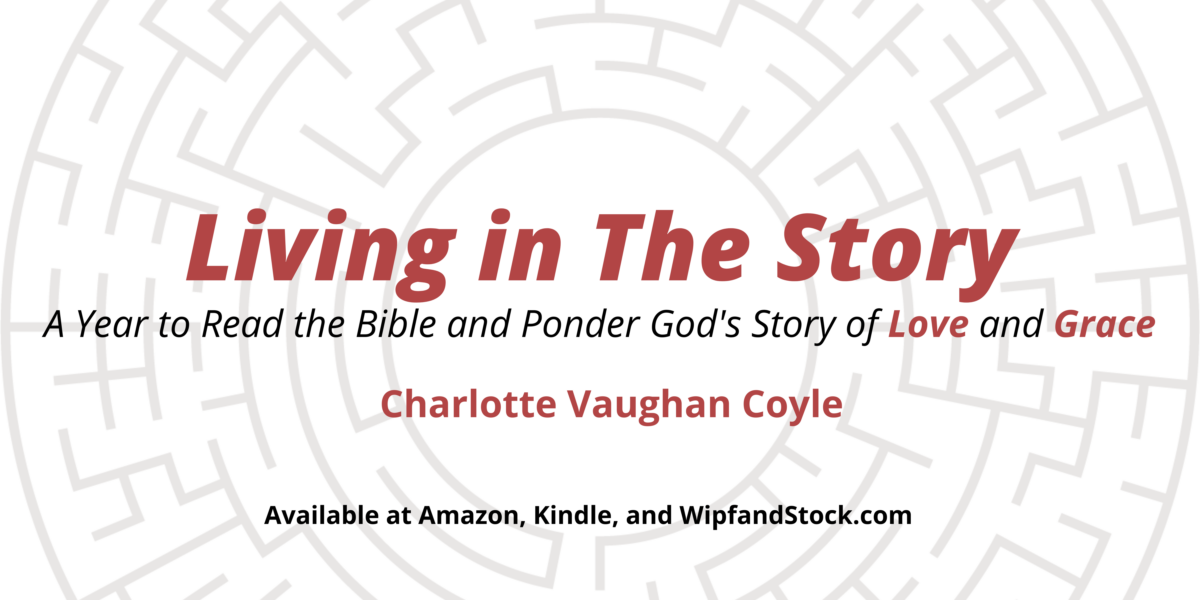In the midst of all our unknowing, we still are able to live with focus, direction, and confidence.
We finish Hebrews this week with the famous “hall of fame” chapter in Hebrews 11. How many of these OT characters do you recognize from your Bible reading so far this year?
When we read this chapter in Hebrews, we can’t miss how active real human faith really is. This chapter is chock full of verbs, the faith of our fathers and mothers that “conquered kingdoms, administered justice, obtained promises, shut the mouths of lions, quenched raging fire, escaped the edge of the sword, won strength out of weakness, put enemies to flight.” The faith of the martyrs who “suffered mocking and flogging and imprisonment, who went about persecuted and tormented.”
The Hebrews writer teaches us that faith is a verb . . .
Used to, I thought faith was believing right things in correct ways. Even though I’ve mostly been a part of a non-creedal Christianity, I still thought one had to assent to certain belief statements about church, God, Christ, Spirit, the Bible. I thought faith was about ideas.
Now I believe faith is a verb.
For me, it’s more about my doing faithful things, acting in faithful ways, and behaving with faithful intentions.
Faith is about change and transformation, about personal commitment and the reorientation of a life.
Faith is about my counting on the faithfulness of a God who creates and informs and sustains the faithfulness of my own faith.
It’s about entrusting myself to the faithfulness of the God who covers for me even when I believe incorrectly and behave unfaithfully.
It’s about letting the whole of my life flow from the life of the God who is the ultimate Verb, the one who is ever the I Am, always present tense, always acting on behalf of all humanity for the sake of the promise . . .
Hebrews describes how pilgrims of faith managed to see what was invisible. He describes how they greeted God’s promises from a distance, how they could imagine a city whose builder, whose architect was God. Even when they did not know where they were going, they knew they were going somewhere.
If not in their own lifetime, they entrusted themselves and their children and their great-great-grandchildren to God’s faithfulness. They trusted enough to continue to live faithfully even if they didn’t see the promise come true for themselves; they were content to live toward the promises.
Consequently in the midst of all their unknowing, they still were able to live with focus, direction, and confidence . . .
Read more at Charlotte Vaughan Coyle. Living in The Story: A Year to Read the Bible and Ponder God’s Story of Love and Grace (p. 212). Resource Publications. Kindle Edition.
Living in The Story readings Week 16
Numbers 1-16
Psalm 54
Psalm 98
Hebrews 11-13
Luke 3-4
Like this:
Like Loading...









